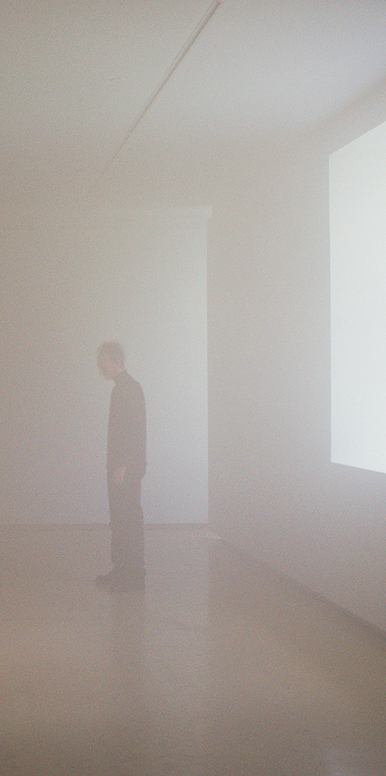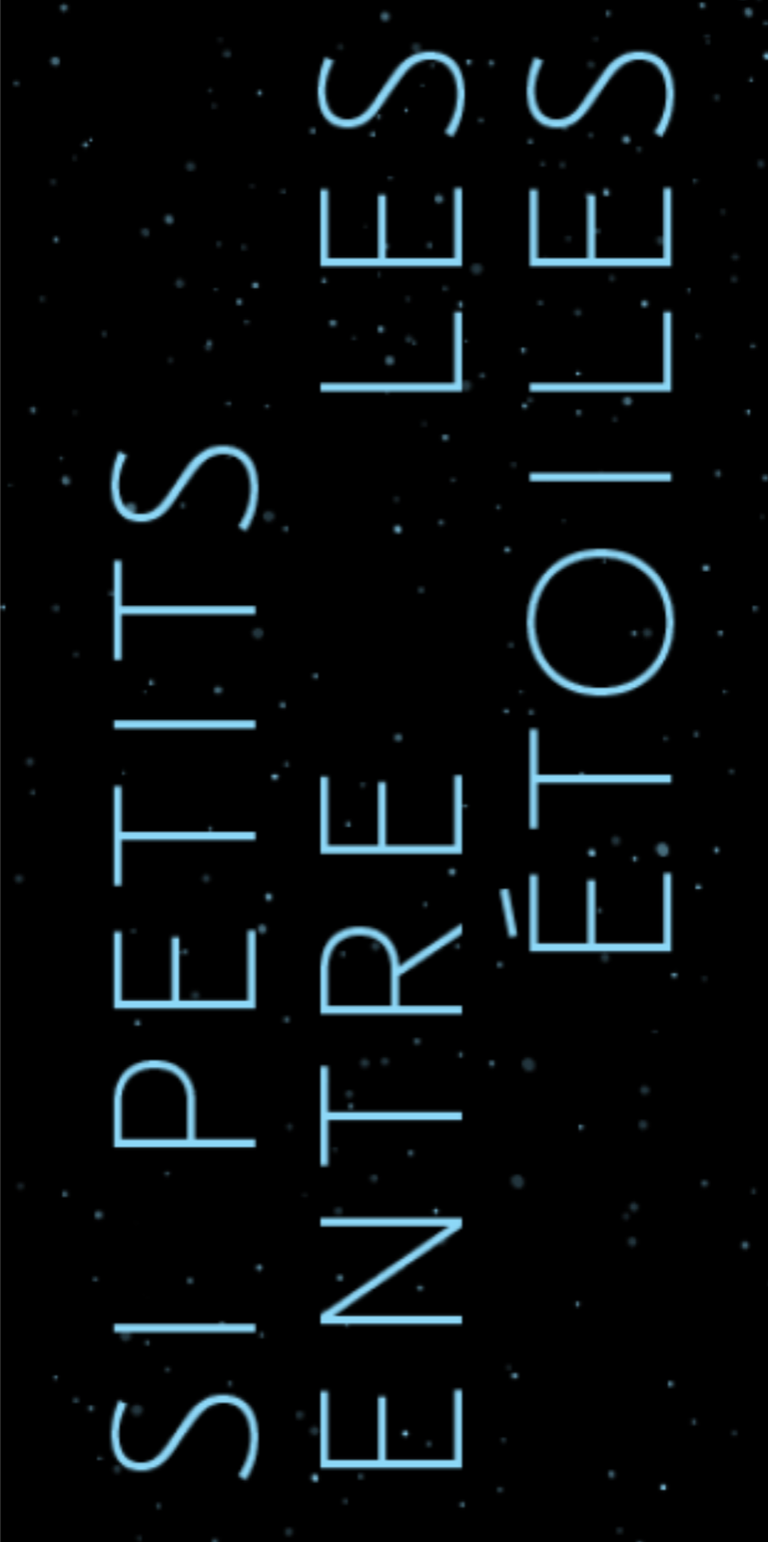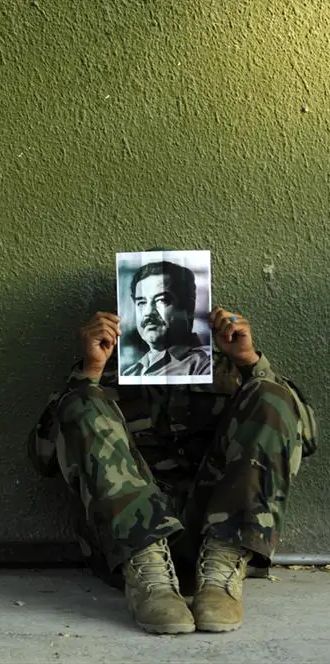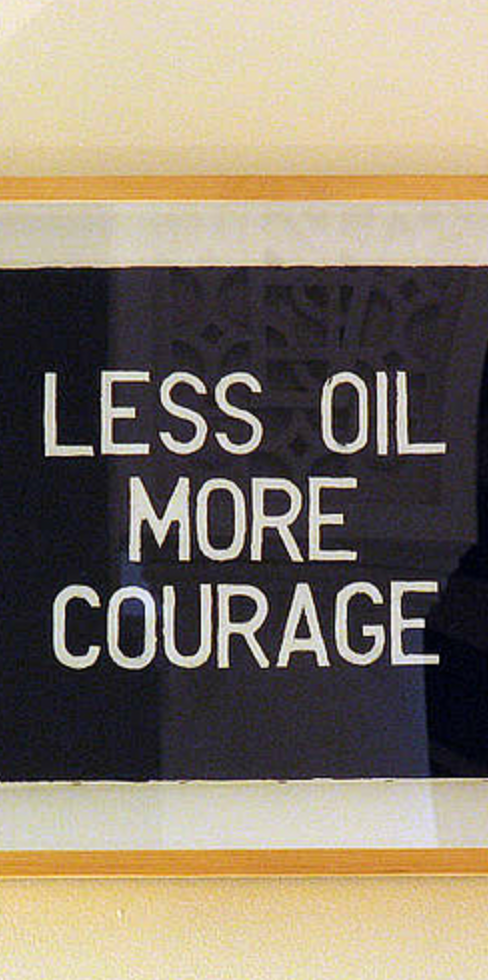Small Between the Stars, Large Against the Sky: Quebec City Biennial 2019
Paraphrasing lyrics by Quebec-born singer songwriter Leonard Cohen (Stories Of The Street, 1967), it is concerned with the place of humanity now in the natural order. Artists included Shuvinai Ashoona, Polly Apfelbaum, Dinh Q. Lê, Meryl McMaster, Kelly Mark, Britta Marakatt-Labba, Haroon Mirza, Cornelia Parker, Susan Philipsz and Beat Streuli.
Welcome to Iraq: Venice Biennale 2013
Jonathan Watkins curated the Iraq Pavilion at the 55th Venice Biennale. Following studio visits across Iraq, Watkins selected eleven contemporary artists to participate in the exhibition, all of whom live and work in the country. The pavilion, Welcome to Iraq, includes work by cartoonist Abdul Raheem Yassir who uses deadpan humour to address social and political chaos and corruption; Jamal Penjweny, from Sulaymaniyah, who shows a series of photographs entitled Saddam is Here featuring Iraqis in everyday places holding a portrait of the former dictator over their own faces; and Cheeman Ismaeel, one of two female artists selected, who personalises household objects through ornate decoration.
Image credit: Jamal Penjweny, photograph from the series Saddam is Here (2009-10). Image courtesy and © the artist
Still Life - Art, Ecology and the Politics of Change: Sharjah Biennial 2007
Sharjah Biennial 8 addressed the growing social, political and environmental challenges our world is facing due to excessive urban development, political and economic ambitions, and the thoughtless misuse, abuse and exhaustion of natural resources. The exhibition, with its accompanying film programme, symposium and workshops, focused on the renewed role of art in addressing a wide range of issues that directly affect, in an alarming magnitude, life as we know it.
Image credit: Rirkrit Tiravanija, Less Oil More Courage (2007). © Photos: Haupt & Binder, Universes in Universe

Every Day: Sydney Biennale 1998
The works selected in 11th Biennale of Sydney were characterised by efficacy and unpreciousness. They were unforced artistic statements, incidentally profound observations on the nature of life as lived every day. Their impetus, derived from what is ordinary, was not unlike that which led 19th century French artists to their realist and subsequently impressionist positions. It was more human than spiritual, more empiricist than idealistic, more philosophical than ideological.
Although this Biennale sprung from a Western context, there was significant correspondence with a wide range of cultural traditions increasingly being acknowledged through a new internationalism. The curatorial approach was to attempt an understanding of the relativism of the every day, the differences between what is familiar, common or ordinary within the diversity of cultures represented. The aim was to communicate the nature of the every day and to be culturally specific, declaring differences without resorting to exoticism particularly in the presentation of non-Western art.
Image credit: Ann Veronica Janssens, Installation with fog and sound (1997). Installation view, 11th Biennale of Sydney, MCA, 1998. Image courtesy and © the artist
© Copyright. All rights reserved.
We need your consent to load the translations
We use a third-party service to translate the website content that may collect data about your activity. Please review the details and accept the service to view the translations.



